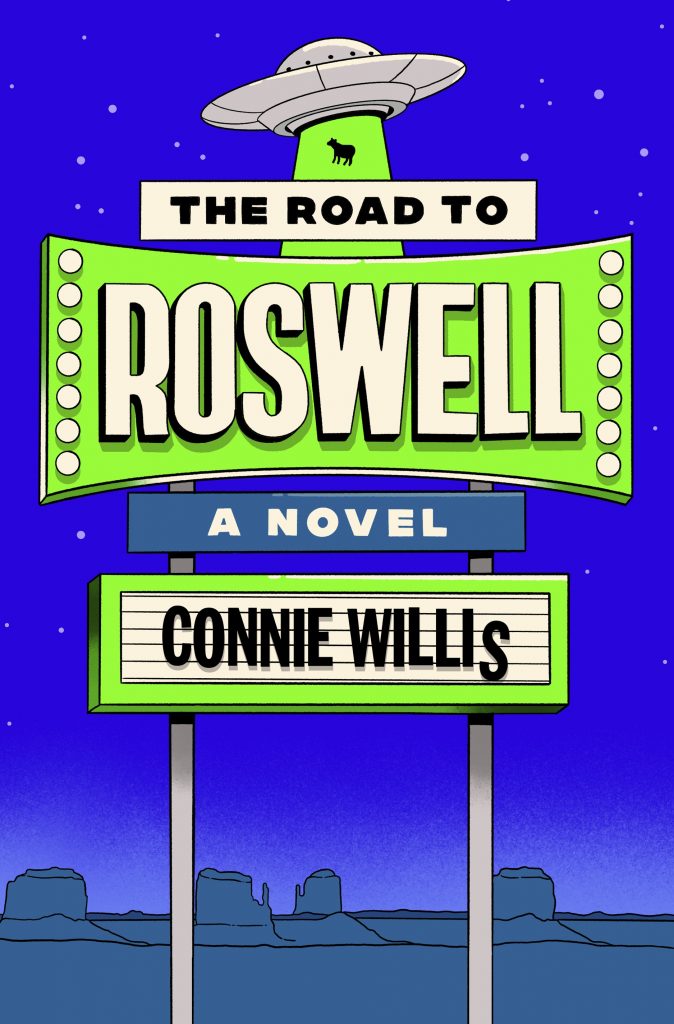SOME THOUGHTS TO GET YOU THROUGH INAUGURATION DAY–AND THE NEXT FOUR YEARS
I know many of you are worrying about how to get through Inauguration Day (me included) so here’s some good news, plus some comments that might help you:
The good news:
–The first three hostages were released in the Gaza ceasefire deal that Biden engineered. They are all young women and seem to be in good health. They were smiling, and their families were overjoyed at their release, but of course they’ve been through hell, and their recoveries will take a very long time. Still, Biden got them out, with the promise of more to come.
–Biden pre-emptively pardoned a number of people Trump and Kash Patel have announced their intention of going after: Dr. Fauci, General Mark Milley, the members of the January 6 Committee (including Liz Cheney, Trump’s number one target) and all their staffers, plus the police officers who testified before the January 6th committee.
–Biden said of the pardons: “The issuance of these pardons should not be mistaken as an acknowledgement that any individual engaged in any wrongdoing, nor should acceptance be misconstrued as an admission of guilt for any offense. Our nation owes these public servants a debt of gratitude for their tireless commitment to our country.”
–Here’s Dr. Fauci’s response, which I think is pitch perfect: “Let me be perfectly clear: I have committed no crime, and there are no possible grounds for any allegation or threat of criminal investigation or prosecution of me. The fact is, however, that the mere articulation of these baseless threats and the potential that they will be acted upon, creat immeasurable and intolerable distress for me and my family. For these reasons, I acknowledge and appreciate the action that President Biden has taken today on my behalf.”
–The sputtering fury from MAGAs and Republican Congressmen and Senators, screaming that they’ll go after them in state courts and open new investigations into their actions, shows that these pardons were completely necessary. Thank God Biden did it. And that he did it at the very last minute so that Trump didn’t have the chance to forestall the pardons.
–Oh, and in an absolutely hilarious bit of schadenfreude, you know how Mike Johnson ordered that all the flags at the Capitol and the White House be raised to half-staff for Trump’s inauguration, even though it broke the law. Well, this morning when they tried to raise them, the cords had all frozen to the staffs and they couldn’t get them unstuck to raise the flags. (Suggestion: You could try licking the flagpoles with your tongue.)
Some comments that might help:
–pelagicray: “We are all going to have to embrace the chaos, ride it out. That “ride it out” is something the sea taught me. Before actually being out there I simply raged at chaos. I still have that rage, but it is tempered by that “ride it out’ attitude one has to have with long times at sea. Caught in a storm one cannot avoid, and that is nearly impossible if one spends much time out there, and about which one can do not a thing, teaches the “ride it out’ way. In my case we were not even “crew’ who had real work to do keeping the ship riding it out. We did what of our work we coud do in conditions that made it near impossible, but sometimes even that was not possible. We became total passengers. And some storms are scary, even for the experienced. One has to learn self control when the rolls are beginning to test the limits of the ship’s righting moment, knowing that any next wave could be the one to tip the balance, hearing things break loose that should not have broken loose and sometimes themselves endangering the ship. That is when the crew may endanger limb and even life controlling that problem. But one learns to go with the rolls, ride it all out, trust in survival, or, as some I knew did, break down and react to everything. And that itself risks survival. We are all going to be riding a lot of bad stuff out. We will ride it out–or not.”
–rugbymom: “You also learn, I gather, to always keep that safety line clipped on. And that survival requires teamwork and taking care of each other. That’s what I hold onto. Whatever happens, we have to take care of each other, our neighbors, our friends, our family members, our community. Don’t let anyone be stuck in the storm alone.”
–lpeacock: “I have no illusions as to how fucked up things are going to be. I’m just glad and thankful that we have so many good people in the fight to try to combat the fascism…”
–Steve Schmidt: “Everything Donald Trump has ever done has been chaotic, shambolic, and, in the end, a failure. All of it.”
–Howard Zinn: “To be hopeful in bad times is not just foolishly romantic. It is based on the fact that human history is a history not only of cruelty, but also of compassion, sacrifice, courage, kindness. What we choose to emphasize in this complex history will detemine our lives. If we see only the worst, it destroys our capability to do something.”
–Douglas Wood: “I…know that in the midst of constant, hourly assaults by bad news and worse news, of awful people doing awful things, and all of it rolling over us faster than we can understand or process it…I know that there is this. Always this. The wild, unnamable beauty of the natural world. Of the same shining moon that the Buddha and Jesus and Lao Tse and Shakespeare and Da Vinci and Galileo knew. Of winter trees standing like ladders to the stars. Of the impenetrable silence of the universe. Of humble feet standing on a tiny plot of ground while eyes gaze upward into the mysterious All of which we are a part. And suddenly one realizes the simple, saving truth…that the News is not the world.”
–J.R.R. Tolkien, on Sam in the depths of Mordor: “Far above the Ephel Duath in the West the night-sky was still dim and pale. There, peeping among the cloud-wrack above a dark tor high up in the mountains, Sam saw a white star twinkle for awhile. The beauty of it smote his heart, as he looked up out of the forsaken land, and hope returned to him. For like a shaft, clear and cold, the thought pierced him that in the end the Shadow was only a small and passing thing: there was light and high beauty forever beyond its reach.”
Today is also Martin Luther King, Jr. Day, and that’s sort of fitting because he above any other American knew what it was like to live under a cruel and unjust system for generations and still not give up–or become embittered and cynical and just as hateful as the other side. So here are some MLK, Jr. quotes:
–“If you can’t fly, then run. If you can’t run, then walk. If you can’t walk, then crawl–but whatever you do you have to keep moving forward.”
–“The ultimate measure of a man is not where he stands in moments of convenience and comfort, but where he stands at times of challenge and controversy.”
–“We will be able to hew out of the mountain of despair a stone of hope.”
–“We must walk on in the days ahead with an audacious faith in the future.”
–“I believe that unarmed truth and unconditional love will have the final word in reality. This is why right, temporarily defeated, is stronger than evil triumphant.”
And finally, from Hakeem Jeffries: “Success is not final. Failure is not fatal. All that matters is the courage to continue.”
Think of this as Dunkirk. It’s a bad day, and there are many worse to come. But it’s not over.
Keep calm and carry on,
Connie Willis











